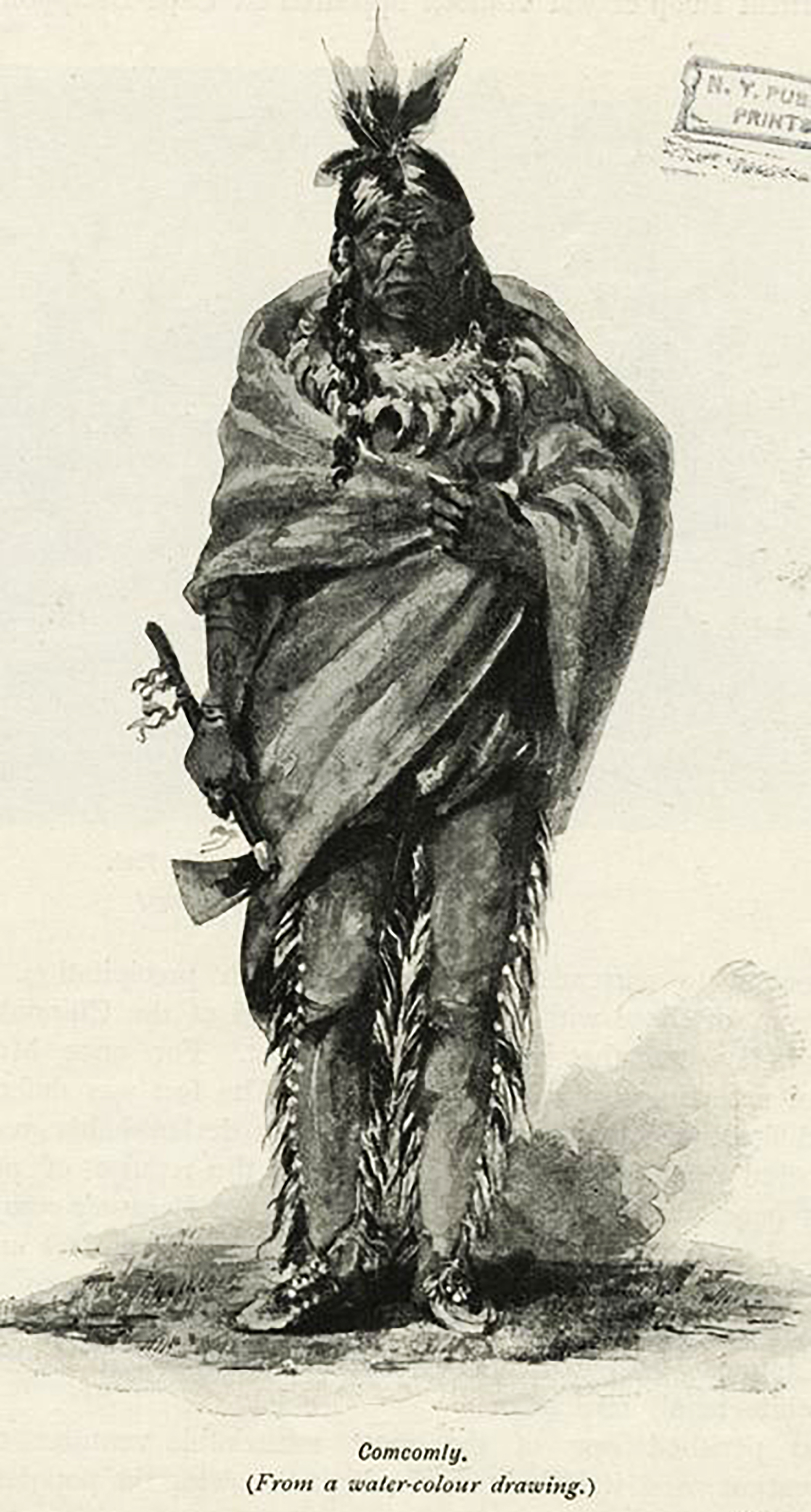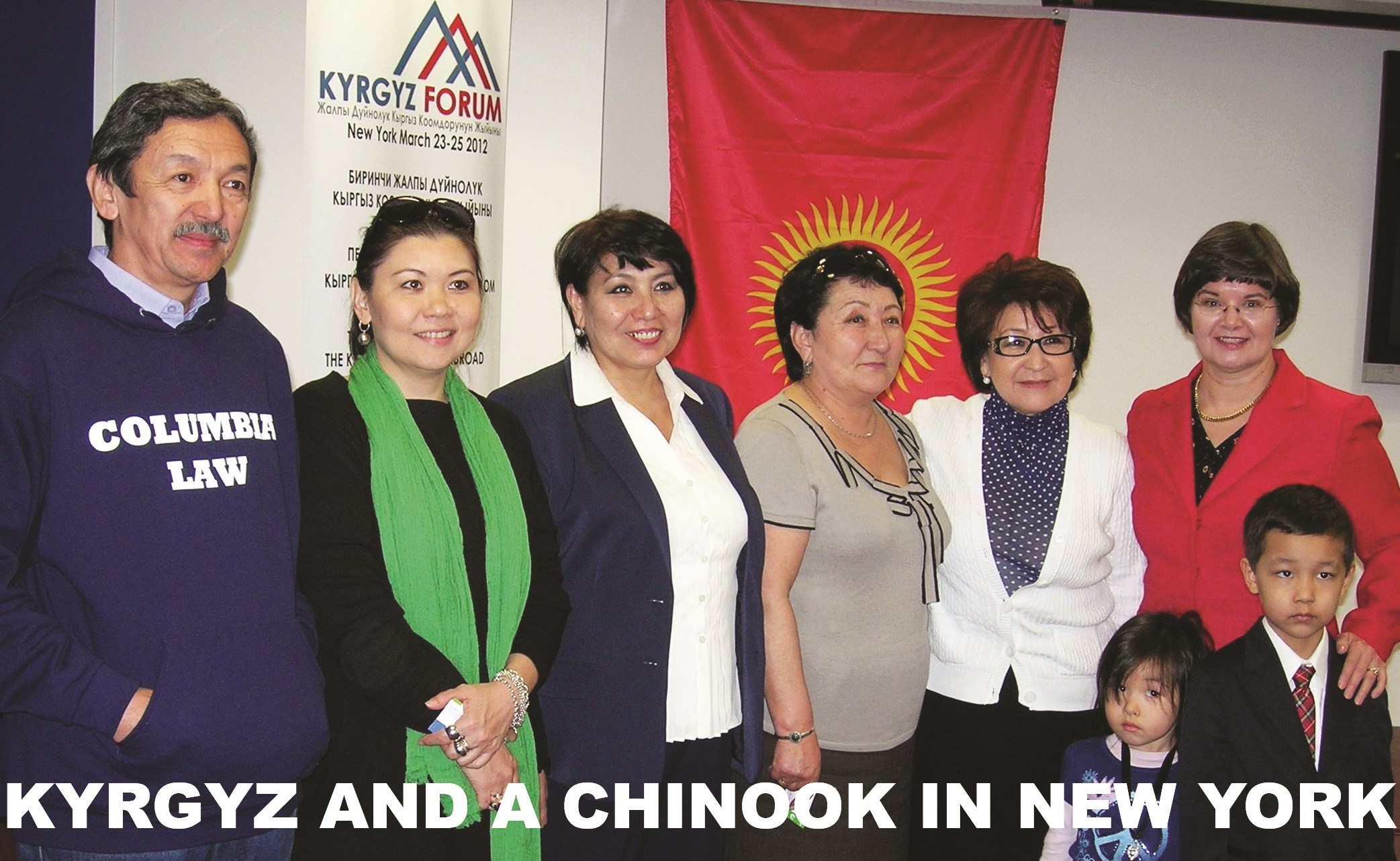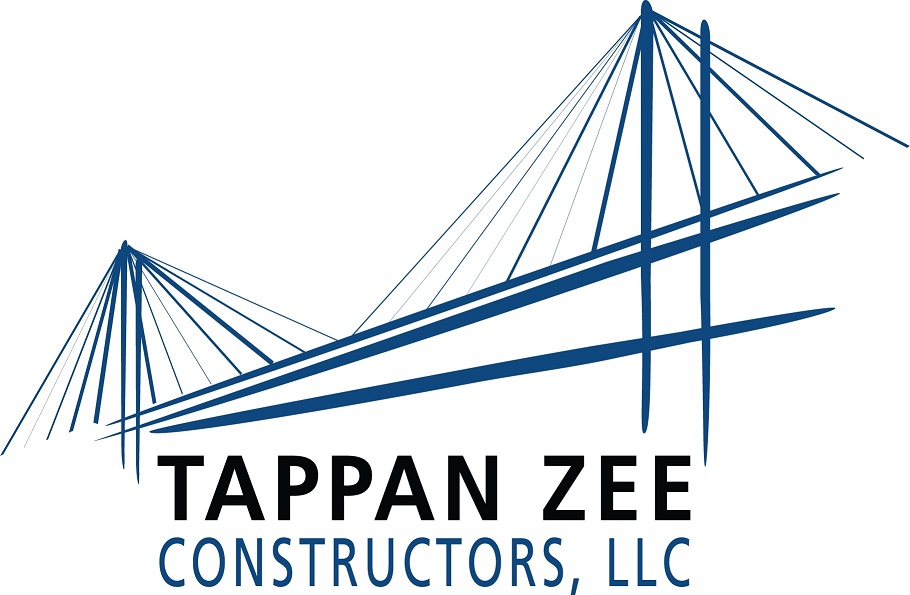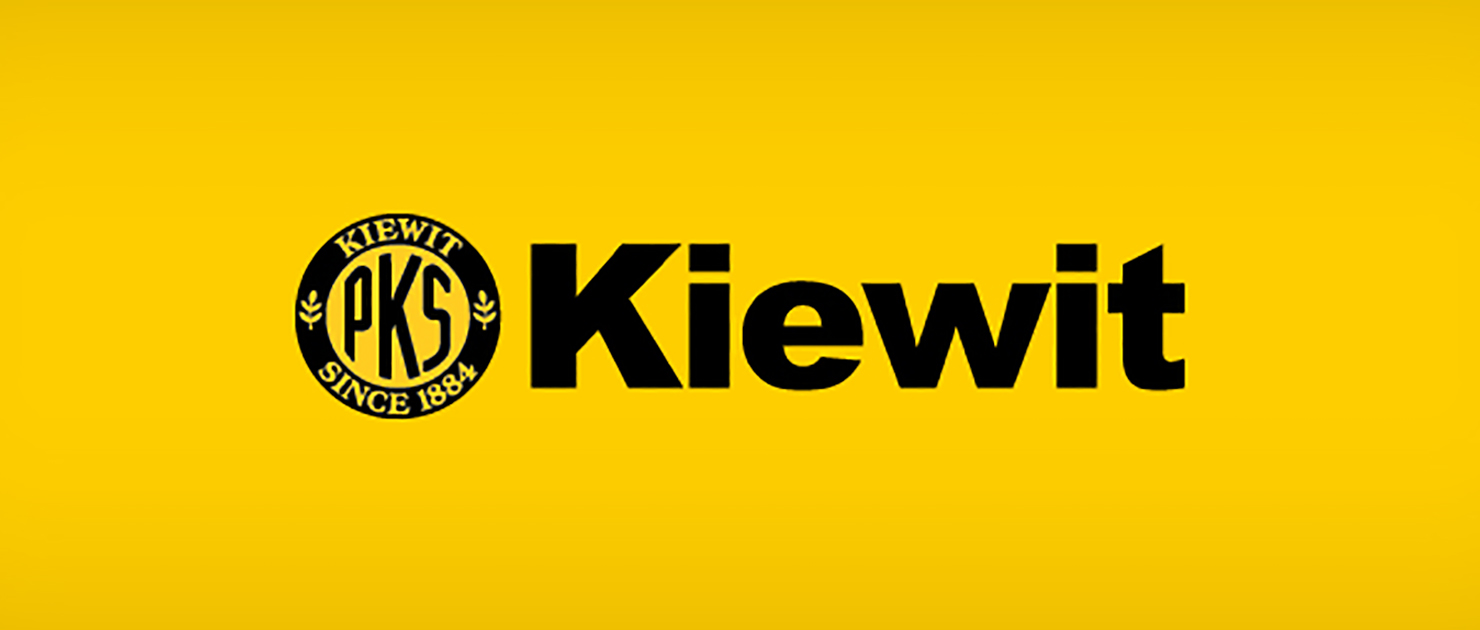The Amazing Asian Origins of Our Earliest Immigrants
05/27/2014
By Leslie Ann McMillan

Chinook salmon, known also as king salmon, are widely recognized as both the largest and the most valued species of these extraordinarily healthful fish. Close cousins of Atlantic salmon, they are named for the Chinook Indian tribe of the Pacific Northwest—enduring people who once dwelled in great numbers along the Columbia River, living on salmon and crafting from whole cedar trees the stable oceangoing canoes that could safely carry a family entourage to Alaska and back.
Chinook Chief Comcomly welcomed explorers such as Gray and Vancouver, Lewis and Clark, and the Astor Expedition financed by John Jacob Astor of New York. Washington Irving described him in his book Astoria as “a shrewd old savage, with but one eye,” and referred to his trade and diplomacy skills. Modern historian James Ronda characterizes Chief Comcomly as a talented diplomat and shrewd businessman. The anachronistic portrait of Chief Comcomly, published in William Waldorf Astor’s Pall Mall Magazine, resides currently in the landmark building of the New York Public Library.
In 1835, five years after Comcomly died, a Hudson’s Bay Company doctor dug up his grave and shipped his skull on an ocean voyage to the Royal Naval Hospital Haslar Museum in distant England. Researchers were fascinated by the renowned chief’s elongated flathead skull, artificially reformed in his infancy as the royal “Chinook sign of freedom.”
More than a century later, though damaged in the bombing Blitz of England during World War II, Chief Comcomly’s skull was returned in 1953 to Astoria in his native region at the mouth of the Columbia. In 1956, the Smithsonian Institution in Washington, DC, acquired the skull, then published a 1960 account entitled The Chinook Sign of Freedom: A Study of the Skull of the Famous Chief Comcomly.
In 1961, Lord Astor of England attended Astoria’s 150th anniversary events. He honored Comcomly during the dedication of his Chinook burial canoe monument that overlooks tributaries flowing into the wide Columbia River.
At last, in 1972, his skull was returned to descendants of the Chinook chief. In a tiny hilltop cemetery in his home territory along the Columbia, a small engraved headstone discreetly marks the birth and death of Chief Comcomly. The pioneer cemetery also harbors the memorials of several generations of his grandchildren.
The life cycle of the tribal namesake Chinook salmon curiously resembles that of the principal Chinook chief. More remarkably, the Chinooks are a living parable whose extreme migrations and unimaginable returns to their precise origins might further help to describe one theme of this article.
An individual Chinook salmon is typically hatched in a small freshwater pond or stream flowing into one of the thousands of larger tributaries and rivers that empty into the northern Pacific Ocean—ranging anywhere from central California to Alaska to eastern Siberia. The young Chinook lives in its freshwater birthplace for several months, then travels hundreds of miles down the currents of merging waterways to the complex confluence of the freshwater river and the vast saltwater expanse of the Pacific Ocean.
Adapting to its new saline habitat, the juvenile king salmon eats plankton, plant life, insects, small sea creatures, and other fish. During the course of a few years, it migrates thousands of miles in the cold northern depths of the Pacific, swimming the hidden paths of countless generations of its own kind.
Then the moment arrives when the mature Chinook salmon is inexplicably compelled to return to its origins. From its remote place across the measurelessly changing volumes of open ocean, it discerns a homeward direction. Scientists still cannot adequately explain the marvelous works of our Creator.
Many hundreds of miles later, the Chinook enters the more distinctly familiar coastal waters of salty tides mixed with fresh river flow. It has reached its native region after years of absence, but it is not yet home. Among many mingled options, its destination must be only that one stream of that one tributary of that one river.
The Chinook’s color has now changed to include swaths of crimson. Swimming against the current, flinging itself again and again up fish ladders that make dams passable, overcoming stout waterfalls, avoiding animal and human predators—all while unerringly sensing the traces of origin—the battered Chinook relentlessly revisits the hundreds of freshwater miles of its youthful outbound journey.
At last reaching its own particular home waters, the exhausted king salmon has a final purpose to fulfill, in partnership with another returning salmon: to spawn its next generation. Within a few months, among millions of recently hatched salmon teeming toward the Pacific Ocean, the living parable of yet another Chinook might be tracked, symbolic of many and more.
The dramatic Chinook salmon migration is reminiscent of another enormous migration, one of the greatest in human history.
Long before Comcomly or any other humans lived on the two continents later named America, a distinct group of people continued a northeastward migration. They had set out from the great basin of the River Euphrates, which flowed from the mountains of Ararat, and then paused in a river valley in a mountainous region of Siberian Central Asia. Many stayed for a time, but others moved onward. By some unconquerable motivation, they traveled to the ends of the earth, crossing from Siberia to Alaska—perhaps by a land bridge—and then ranging in family groups from the extreme North to the extreme South of the two uninhabited continents.
How many generations of these extraordinary people answered the primordial call to extend the frontier from pole to pole, never really knowing how far they would go? Eventually, the tribes spoke a thousand different languages and built diverse cultures in their varied environments.
But, notably, the Asian features of Indians from Alaska to Argentina persist to this day. Confirming the visible likeness are the genetic identifiers found through extensive DNA research. Native Americans throughout the two continents share unique chromosomal markers with those living in the Altai Mountains of Siberian Central Asia—people identified as Altai, along with their genetic and linguistic twins, the ancient nomadic Kyrgyz who still range to the Altai foothills from their primary location several hundred miles southwest in mountainous Kyrgyzstan.
Interestingly, a concise English-Kyrgyz dictionary shows that the Kyrgyz words for “six” and “month” are transliterated alty ai. Altai. A Kyrgyz professor explains this as a nomadic timetable for an excursion to the Altai region. Also fascinating is the Kyrgyz word for “distant,” transliterated alysky. Alaska.
Kyrgyz people have a history spanning millennia. Archaeological records tell an intriguing story, and their rich oral tradition is epitomized by the heroic Manas epic, a lengthy poetic mixture of history, fiction, and drama that the Kyrgyz have cherished for centuries. Writings in the Kyrgyz language have incorporated various scripts and alphabets periodically diffused from other cultures. The current written form was not settled until 1940, after the Kyrgyz people had been absorbed by the Soviet Union. Since then, written Kyrgyz has consisted of the Cyrillic letters used in the Russian language, with extra characters for unique Kyrgyz sounds. Excellent Kyrgyz authors now abound, expressing their ideas and information in Kyrgyz or Russian or, occasionally, even English.
 Kyrgyzstan became an independent nation in 1991, and the free people with a nomadic heritage have been struggling to reclaim their identity and fulfill their hopes for a stable democracy and economic progress. Corrupt dictatorial rulers, popular revolutions, and heartbreaking conflicts have come and gone since 1991. In recent years, at any given moment, up to a million young Kyrgyz workers—one sixth of the population—have moved to Russia to find basic employment. Kyrgyzstan became an independent nation in 1991, and the free people with a nomadic heritage have been struggling to reclaim their identity and fulfill their hopes for a stable democracy and economic progress. Corrupt dictatorial rulers, popular revolutions, and heartbreaking conflicts have come and gone since 1991. In recent years, at any given moment, up to a million young Kyrgyz workers—one sixth of the population—have moved to Russia to find basic employment.
Kyrgyz people are also coming to America—likely fewer than ten thousand so far in this modern migration. Many of these Central Asians are gently aware that their genetic descendants are the American Indians, but it is mostly a relationship beheld from afar. Yet even without a tangible handshake or hug, the revelation is ennobling, like discovering hidden royalty in family bloodlines. In essence, the Kyrgyz—now clinging to sovereignty in their own small, mountainous, landlocked home territory—once commanded the domain of two continents and endless ocean shorelines, with no human rivals but themselves for untold centuries.
 By the grace of adoption into the lineage of Chief Comcomly, one Kyrgyz boy holds the personal inheritance title to forested acres of Chinook lands in the Pacific Northwest, and also to interests in New York. Near the shores of great rivers, he now lives where the dreams of kings have been fulfilled in the families of immigrants. He will stay for many seasons of nurturing, growth, education, and experience. But always in his heart is the visceral awareness that some day he must return—perhaps even as a baatyr, a heroic leader—to that one stream of that one tributary of that one river of his birth. Eventually, his story might be understood as a living parable of redemption and restoration, symbolic of many and more. By the grace of adoption into the lineage of Chief Comcomly, one Kyrgyz boy holds the personal inheritance title to forested acres of Chinook lands in the Pacific Northwest, and also to interests in New York. Near the shores of great rivers, he now lives where the dreams of kings have been fulfilled in the families of immigrants. He will stay for many seasons of nurturing, growth, education, and experience. But always in his heart is the visceral awareness that some day he must return—perhaps even as a baatyr, a heroic leader—to that one stream of that one tributary of that one river of his birth. Eventually, his story might be understood as a living parable of redemption and restoration, symbolic of many and more.
Readers of the Small Business Exchange Northeast newspaper might appreciate knowing that Kyrgyz immigrants from Central Asia assist with the production of the monthly print editions, preparing them for distribution among diverse groups of small business owners, large corporations, and public agencies. You hold in your hands a token of friendship and trade.
In fact, the twin sister editors—one living in New York and the other again living in their tiny childhood community along a Chinook salmon spawning stream in the Pacific Northwest—are direct descendants of Chief Comcomly, the wise and persistent welcomer of European and American immigrants and their expedition leaders.
We still cannot adequately explain the marvelous works of our Creator.
Back To News |
||
|
|
||
|
© 2025 Small Business Exchange, Inc. |
||














